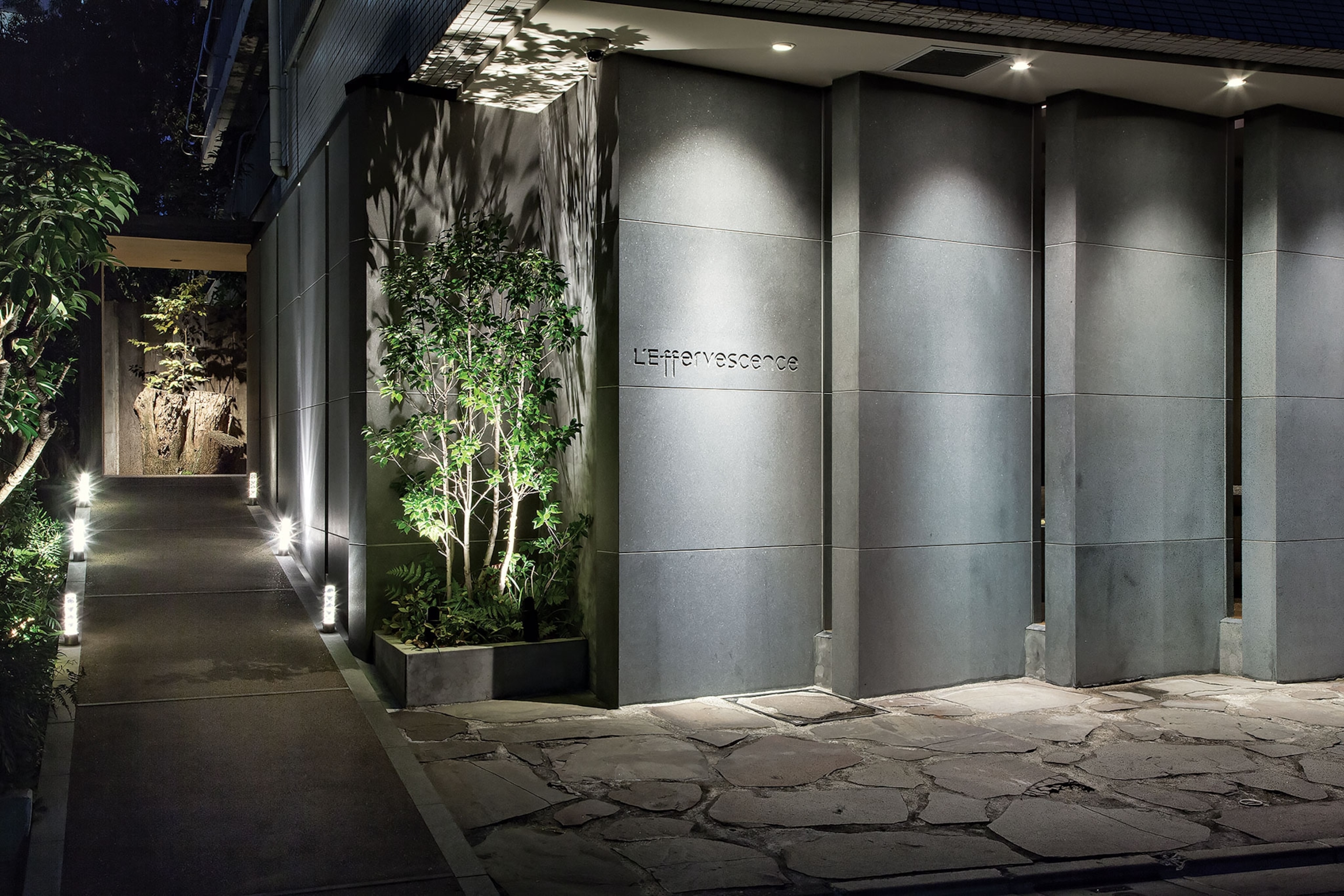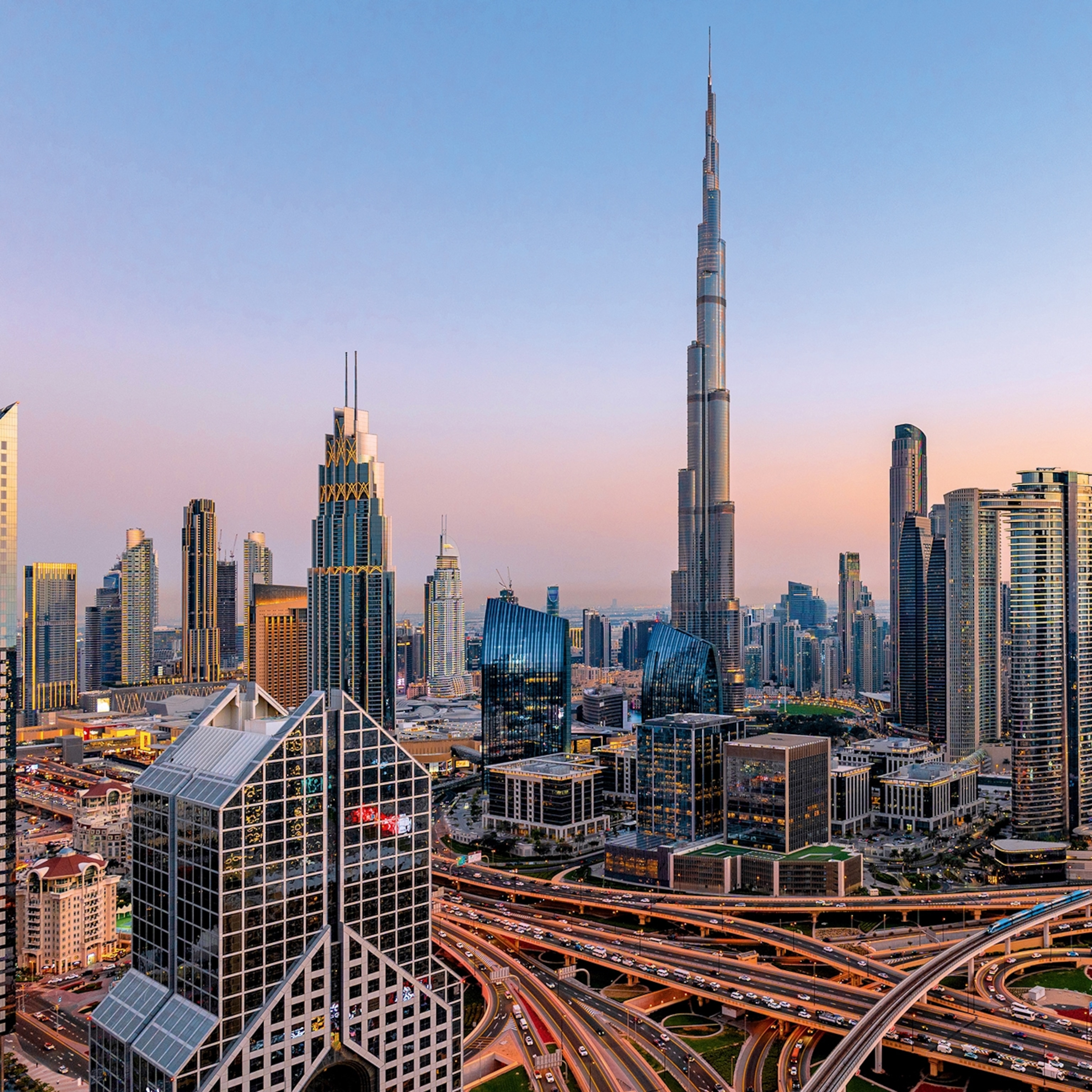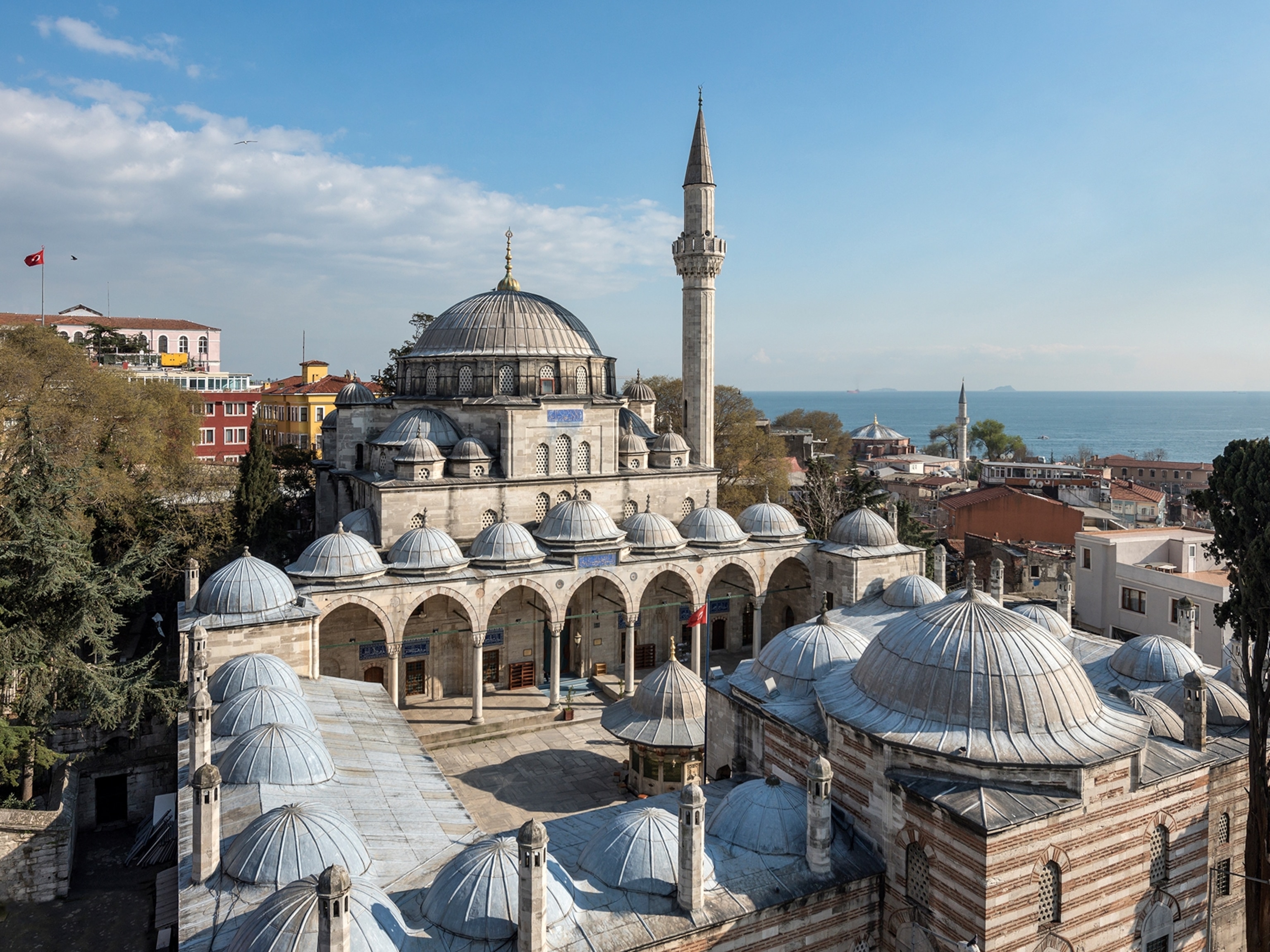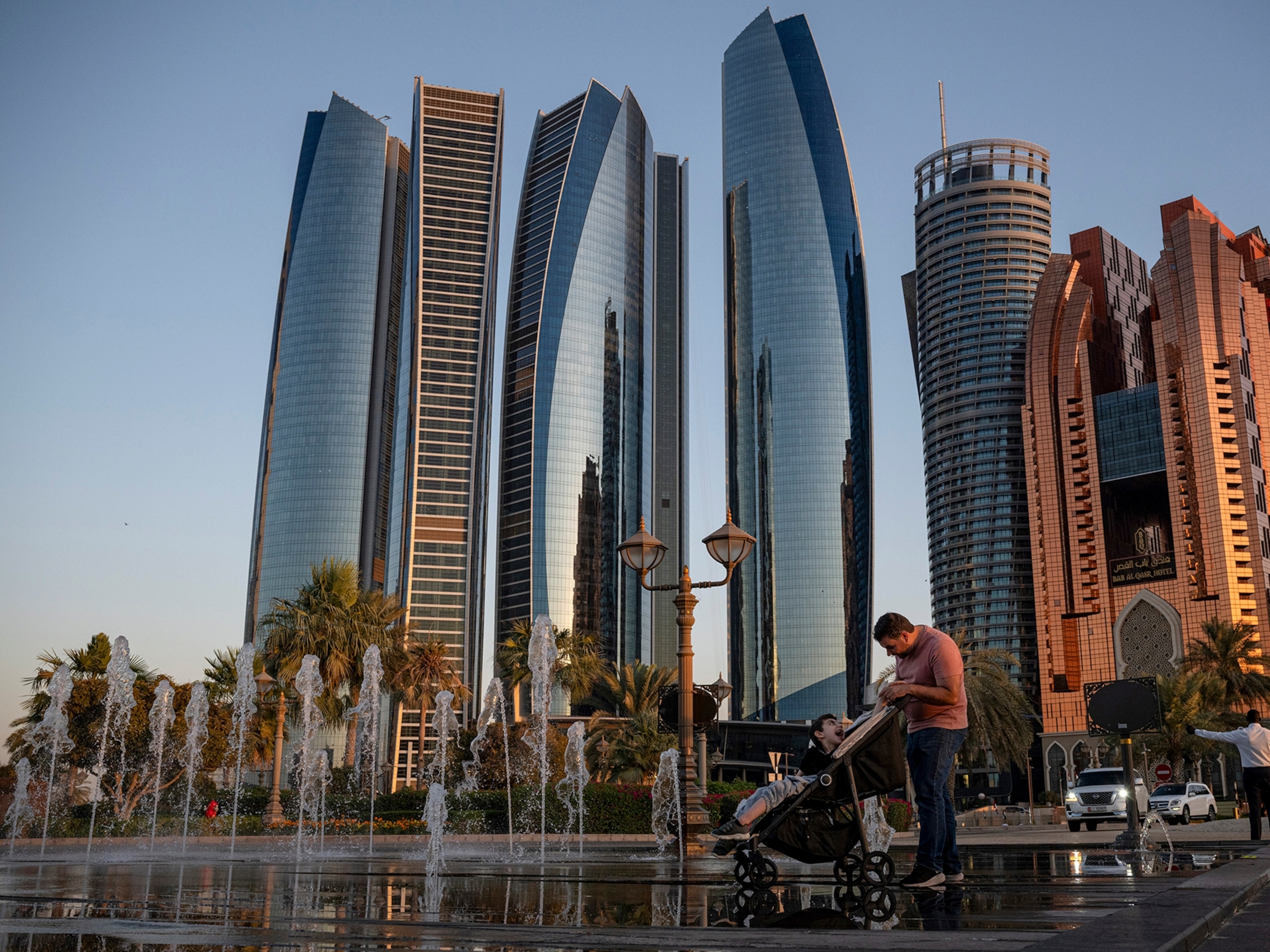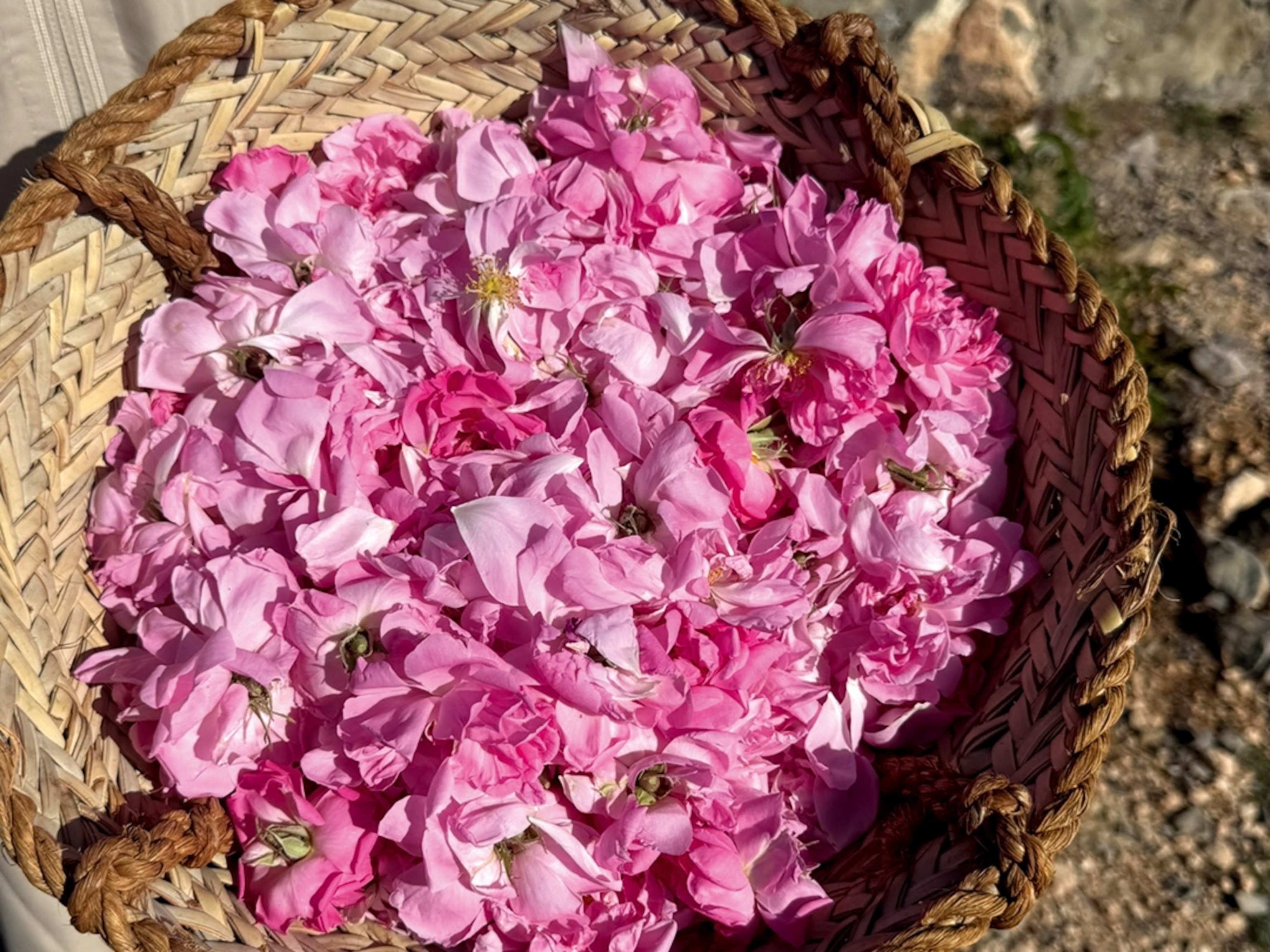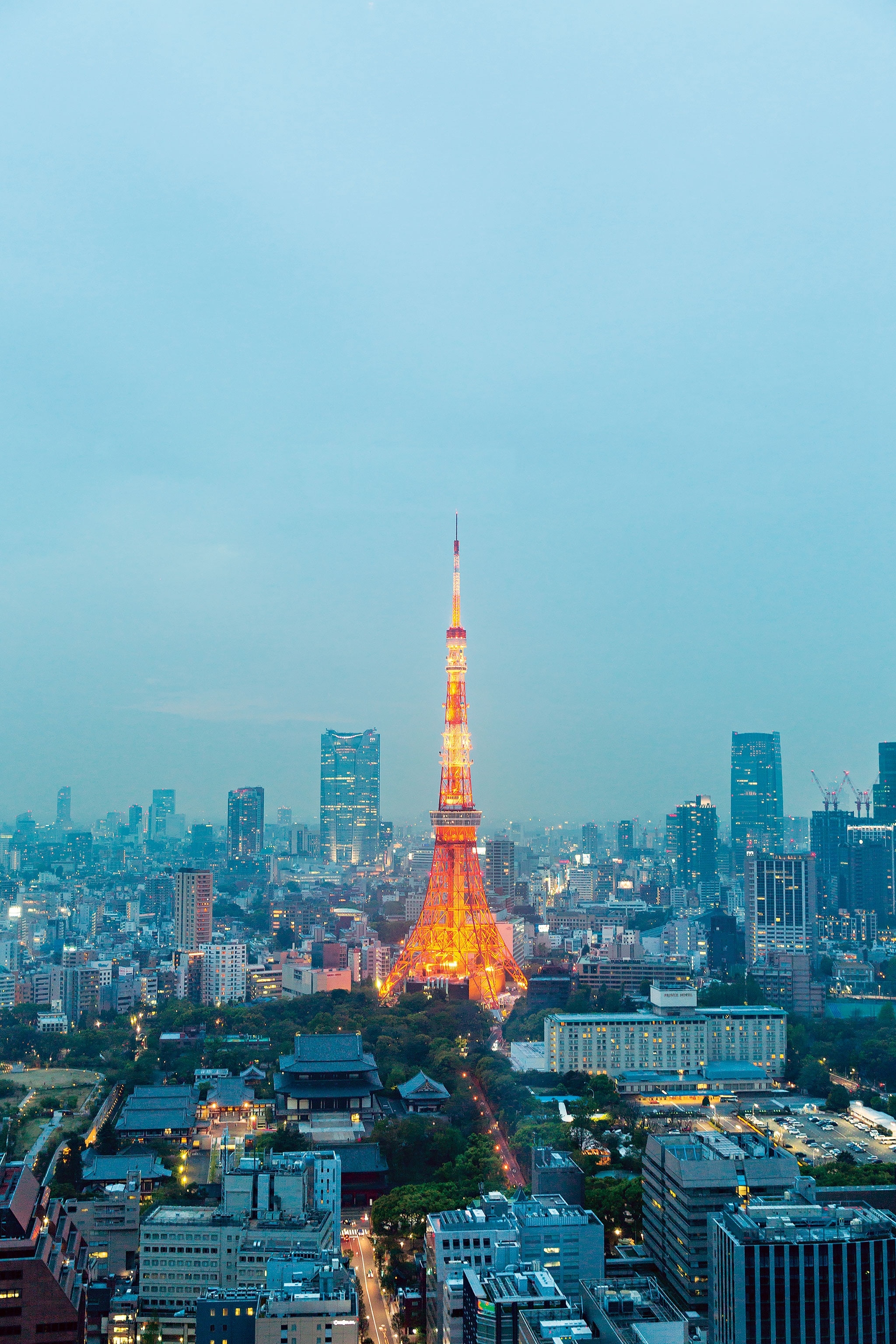
Made (Better) in Tokyo
There’s far more to the dining scene than sushi and soba. In fact, the Western food in Japan’s capital is some of the world’s best.
IN 2007, IVAN ORKIN, a self-described “Jewish guy from Long Island” became the first American to serve ramen in Tokyo— ramen that earned him instant acclaim and endless lines. Today, Orkin is chef-owner of the equally slammed Ivan Ramen and Ivan Ramen Slurp Shop in New York. His Instagram account (@ramenjunkie) acts as a kind of restaurant guide to New York and Tokyo, which he visits often. “I get asked for recommendations all the time,” Orkin says, “and I’m always pushing people to go beyond sushi and yakitori and tempura. The Neapolitan pizza in Tokyo is as good or better than anything you’ll find in Naples. Same goes for French pastry.” The Japanese are known as expert copyists, but don’t expect an exact facsimile of Western food. “When you eat foreign cuisine in Japan,” Orkin says, “it’s always filtered through the sensibility of the Japanese.”
DON’T MISS THESE PERFECT DRINKS...

The Martini at Mori Bar
Takao Mori, 71, is considered the grandfather of the martini in Japan. In his signature version—served at the tiny, windowless, 10th-floor bar bearing his name in Ginza—Boodles gin is tempered by a touch of vermouth, a drop of orange bitters, and a faint mist of lemon. It’s a potent and perfect take on the classic, and the elegant, diamond-etched coupe is bigger than it looks, so order more than one at your own risk.
The Bartender’s choice at Bar High Five
The encyclopedic selection of spirits takes up an entire wall at Bar High Five in Ginza. Give one of the talented bartenders a few points on your preferences and prepare to be surprised by exotic local liqueurs that elevate the classics and create entirely new cocktails found nowhere else.
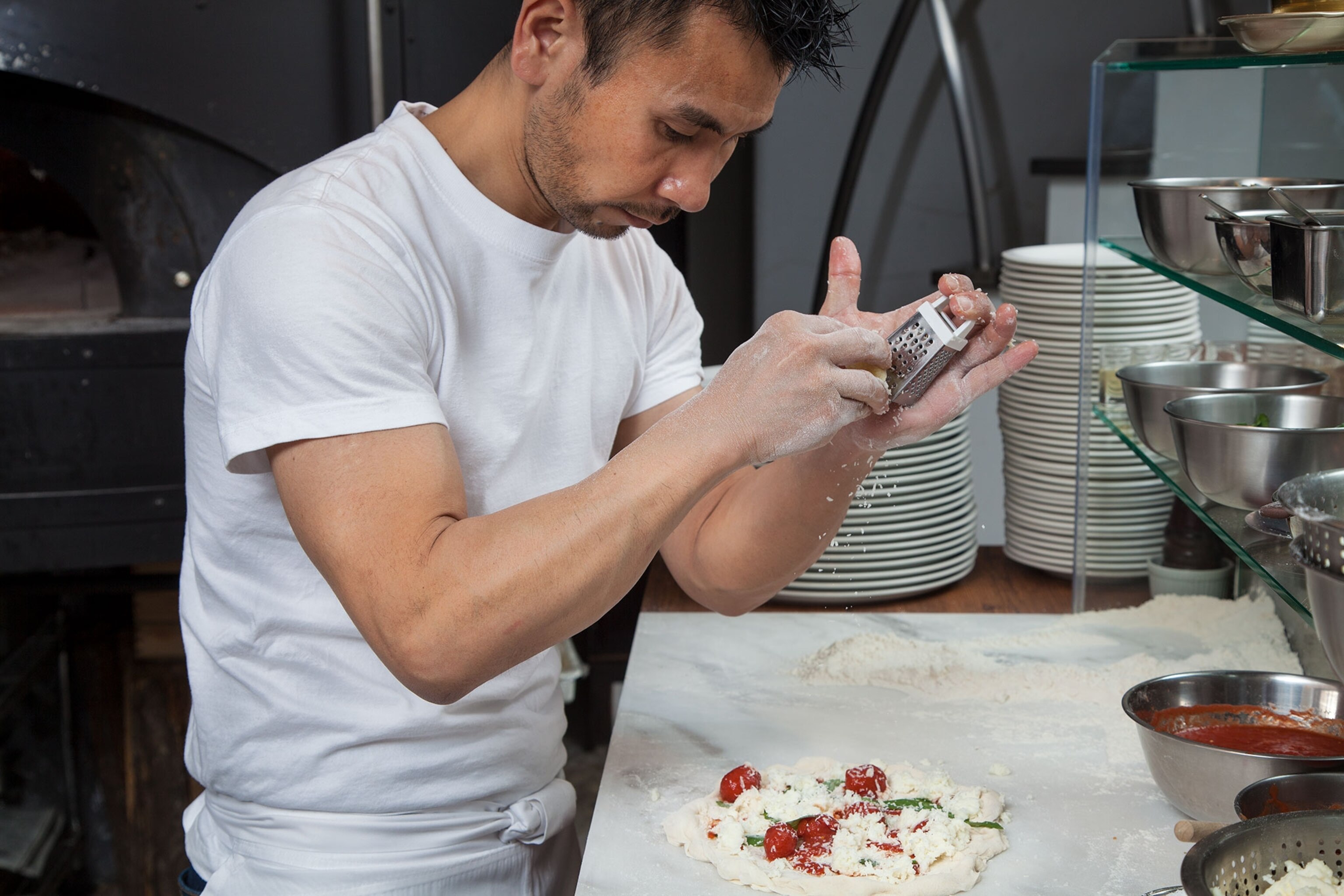

The six-cocktail tasting at Gen Yamamoto
Six drinks sounds excessive, but spirits take a back seat to seasonal fruits and vegetables at this eight-seat bar. On a recent night, fresh plum juice was spiked with cherry brandy and a touch of wasabi, while grated Kabocha squash was enlivened with toasted squash seeds and smoky Japanese whiskey. Six drinks here feels like not enough.
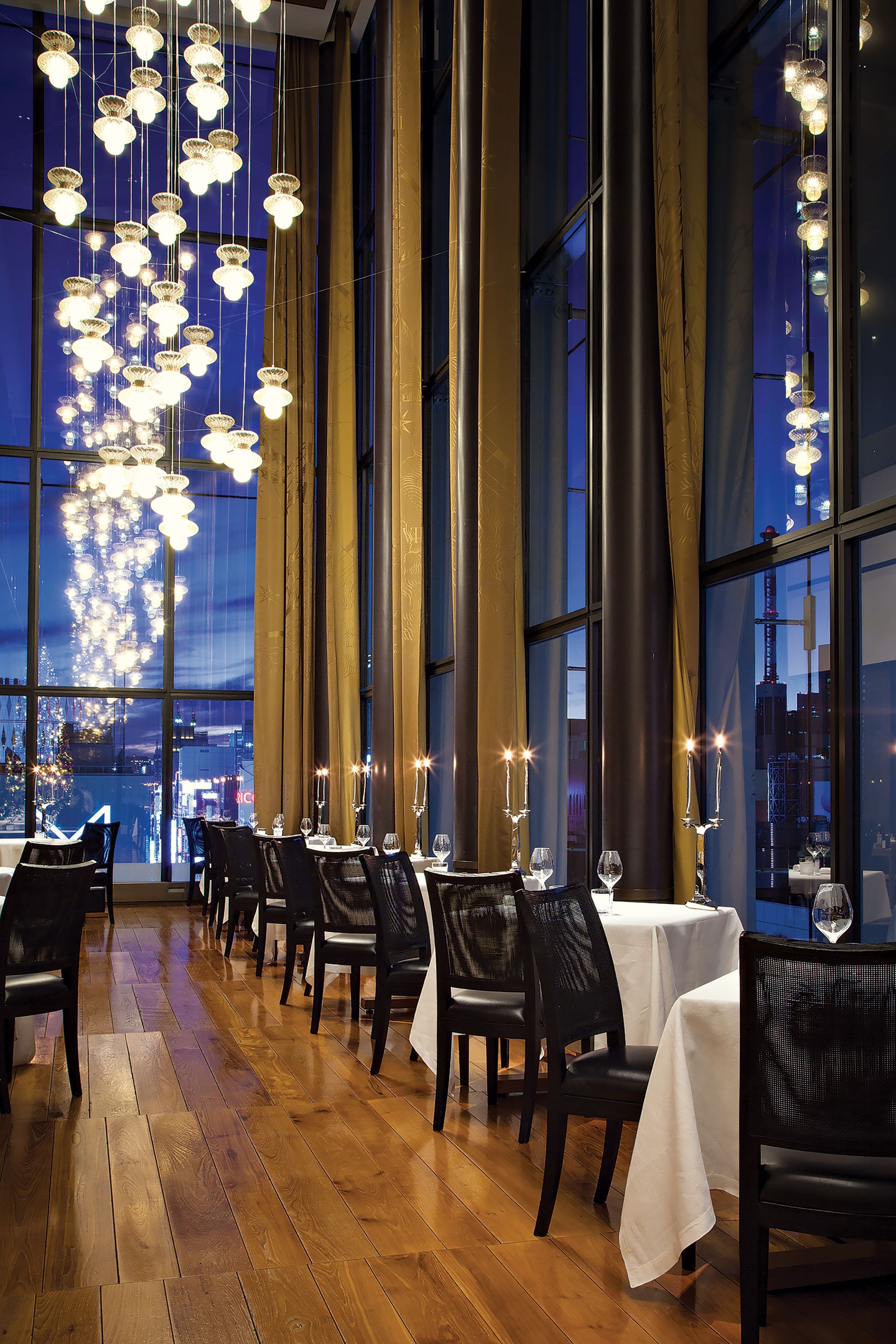
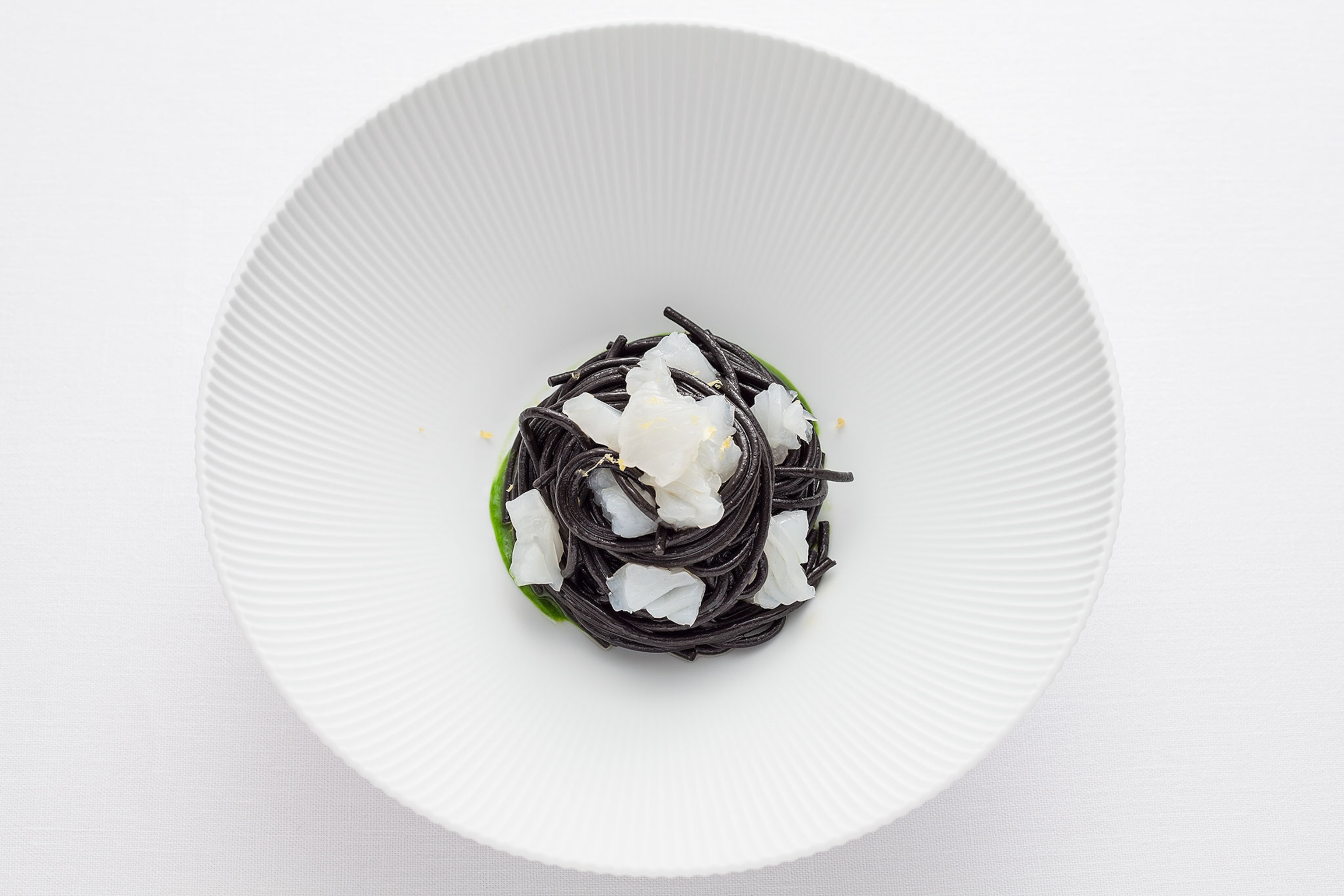
PIZZA
Tsubasa Tamaki has never set foot in Italy. The 39-year-old chef honed his craft at Tokyo pizzerias Savoy and Strada—both of which have been called the city’s best. In Feburary 2017, Tamaki struck out on his own. The smoked mozzarella on his signature Tamaki pie is a revelation, but no order is complete without a marinara pizza, because any cheese is ultimately a distraction from the towering achievement of his crust. It’s lightly blistered and blackened at the edges—crisp and charred in contrast to the chewy, supple center which, unlike the Neapolitan version, never goes soft. The extra pop of flavor comes from the salt Tamaki scatters in the oven, where it bakes into the uniformly crisp undersides of his pies. Toppings are meticulously distributed to offer the perfect ratios in every bite. Is this the world’s best pizza? You’ll be hard-pressed to say no.
BURGER
- National Geographic Expeditions
Sampling the grilled Wagyu beef of chef Kentaro Nakahara used to involve a reservation (made months in advance) at Sumibiyakiniku Nakahara. At his latest venture, Nakahara (middle name: Henry), offers two items: a burger (single, double or triple patty) and fries. The 100 percent Wagyu patty is roughly chopped rather than finely ground, formed into a ball, and cooked smash-burger style on a flattop. The effect is that of a burger made from perfectly cooked Wagyu steaks as some individual chunks take a sear but remain medium-rare on the inside. The accouterments are carefully chosen to showcase the beef: a whisper of a bun that almost disappears between your fingers; a single disc of ripe tomato; crisp lettuce; and a slice of cheddar that melts into the meat. The Thousand Island-like sauce has just enough tang to underscore the beef’s richness without masking the flavor. This is the hamburger distilled to its fundamental pleasure points. It’s also shockingly light for a dish that packs this much texture and flavor. Put another way: You can, should and probably will have more than one.
STEAK
There’s no street-level sign for Shima Steak, and no writing on the door that sits below a branch of the Japanese chain Tully’s Coffee. The easiest way to find the restaurant is the occasional narcotic waft of roasting Wagyu beef, which chef Oshima Manabu imports from his native Kyoto, wet-ages, and cooks on rotisserie skewers in an oven of his own design. The steaks are plated with sides—three under seasoned string beans, bland mashed potatoes, a solitary hunk of carrot—that look like cafeteria food but taste slightly fresher. You are not here for the vegetables. You won’t find the mineral tang of dry-aged steak at Shima, and you won’t miss it: the rich, clean flavor of the beef is a revelation, and the texture is pure decadence. The ludicrous amount of marbling on the filet melts over the coals, resulting in steak that could be cut with a plastic spoon. Skip dessert in favor of Shima’s Instagram-famous steak sandwich: two slices of Pullman bread slathered in house-made secret sauce and stuffed with grilled Wagyu scraps. It’s sliced into thirds and packed into a bento box for the road—the takeout of emperors. According to the hostess, the sandwich should never see the inside of a refrigerator, and should be consumed within 24 hours. It’s doubtful that anyone has waited that long.
PASTA
Chef Luca Fantin—native of Treviso, Italy—imports very little from his homeland for the thrilling, modern,molto Italiano dishes he’s serving above the Bulgari boutique in Ginza Tower. Yes, the dry pasta comes from Italy. So does the top-notch wine selection, the Parmigiano-Reggiano and aged carnaroli rice. Almost everything else, though, is sourced in Japan which—according to Fantin—has more in common with Italy than you might think. “They have the same seasons, they’re on the same parallel,” he says. “The climate is quite similar.” There are no misses on his multi course tasting menus, and the high points combine the best of East and West. Jet-black, squid-ink spaghetti is slicked with a squid stock, a sweet scallop puree, and a rucola sauce that hits a balancing bitter note. The dish is topped with raw aori ika (reef squid), which melts in your mouth thanks to meticulous knife work that Fantin hones with everyday practice. You close your eyes and you’re not sure if this is Italy or Tokyo or some delicious, imaginary place in between.
MODERN FRENCH
L’Effervescence is nominally French, a designation that doesn’t much interest chef Shinobu Namae. “I don’t care how it’s categorized,” he says of the food that earned him two Michelin stars. “I want to be free and I want you to feel free.” Freedom, in this case, means blending techniques and traditions for maximum pleasure and effect. Take the small gold-leaf bowl, filled with a vibrant blend of wine and sake, served at the start of the meal. Or an upscale riff on the McDonald’s apple pie: a flakey, flawless French pastry filled with marbled Japanese monkfish, black truffle and lardo. L’Effervescence is at its best when Namae taps his French training (he was mentored by the legendary Michel Bras) and also digs into his personal heritage. Pigeon, grilled over straw for a sharp, woodsy smokiness, was served over a rich “guts sauce” and finely diced piles of gingered clam from Hokkaido. It was paired with a juicy, complex Côte-Rôtie and sommelier Akio Matsumoto is as smart about sake as he is about wine. Pro tip: The eight-course lunch is probably the best $100 you can spend on a meal in this city—or anywhere else.
